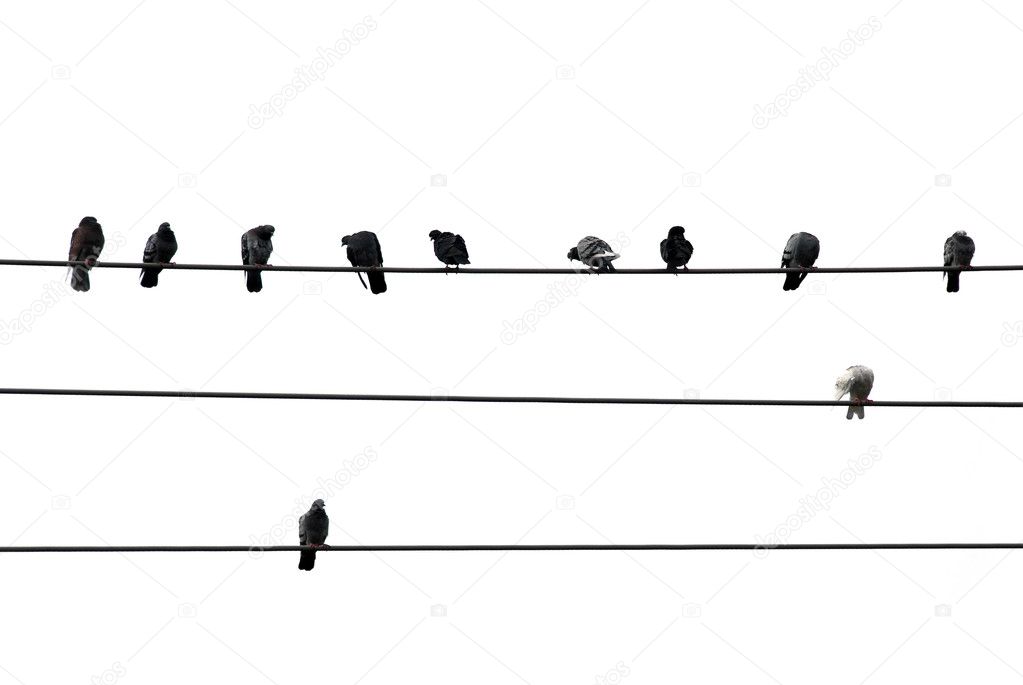- Bird By Bird: Some Instructions On Writing And Life
- Bird By Bird Some Instructions On Writing And Life Pdf Free Download

Just Do It
Operating Instructions: A Journal of My Son’s First Year (1993), in which she. In the following selection, taken from Lamott’s popular book about writing, Bird by Bird (1994), she argues for the need to let go and write those “shitty first drafts” that lead to clarity and sometimes brilliance in our second and third drafts. 1 Now, practically even better news than that of short. Anne Lamott’s Bird by Bird: Some Instructions on Writing and Life (public library) is among my ten favorite books on writing — a treasure trove of insight both practical and profound, timelessly revisitable and yielding deeper resonance each time. Lamott adds to the collected wisdom of great. Bird by Bird: Some Instructions on Writing and Life by Anne Lamott in DJVU, FB2, TXT download e-book.
Bird by Bird: Some Instructions on Writing and Life by Anne Lamott; 4. The title comes from a family story when her brother had to complete a report on birds.
Date:Byline:

Lead:
BIRD BY BIRD Some Instructions on Writing and Life. By AnneLamott. 239 pp. New York: Pantheon Books. $21.
Text:

SOME years ago, not long after I moved to Los Angeles from New York, I attended a television industry party. When a man asked my profession, I told him that I was a writer. He sipped his drink. 'Half-hour or hour?' he inquired. There was a long silence. 'Lifelong,' I replied, confused.
Bird By Bird: Some Instructions On Writing And Life
'Bird by Bird: Some Instructions on Writing and Life,' by Anne Lamott, takes the confusion right out of that answer. For anyone who writes or wants to write, she makes it clear that there is only one choice available -- commitment to the process itself. 'The real payoff is the writing itself, that a day when you have gotten your work done is a good day, that total dedication is the point.'
One doesn't run across phrases like 'total dedication' sifting through the Prozac-driven diction of most self-help or how-to books. These collections tend to share a bloodstream of hyperbolic rhetoric; they shoulder one another on the bookstore shelves like overdressed, inbred siblings. Thus it isn't much distance from 'How to Love Yourself When You Don't Know How: Healing All Your Inner Children' to 'How to Write While You Sleep.' (And obviously it follows that a person accustomed to spending inordinate amounts of time healing all her inner children would probably find it more or less second nature to write while unconscious.)
Anne Lamott, the author of four novels and, most recently, a memoir, 'Operating Instructions: A Journal of My Son's First Year,' wants her would-be writers conscious and offers a credible set of instructions to these fully awake minds. This is mainly because her instructions aren't instructions at all. They're stories, anecdotes, reminiscences, funny and sad jokes, shared experiences -- in short, good writing about writing, object lessons in the craft and art, by a tough-minded veteran. (The book's title was inspired by long-ago advice given to her brother by their writer father as the boy sat, paralyzed, before an ornithological report due at school the next morning. The father urged his son to just write it. The son asked how. 'Bird by bird, buddy,' the father told him. 'Just take it bird by bird.')
That is superb writing advice. Still, I must admit, I've never known a serious writer who ever thought of consulting a how-to book to help cure (for example) writer's block (Breathe deeply. Type I am an egg cream at the top of the page, then describe how becoming an egg cream makes you feel) -- so I began reading this book with more than a little skepticism. Soon I was nodding in agreement, murmuring assent, laughing aloud. Ms. Lamott is not interested in selling that egg cream to a crop of Danielle Steel wannabes -- she's laying out (for the committed literary initiate) a candidly drawn map of a writer's home terrain: dazzling peaks and weird, dark cellars.
She gets the bad news (and there's much of it) out of the way first. Unflinching, she examines motivation, stamina, neurosis: 'You try to sit down at approximately the same time every day. This is how you train your unconscious to kick in for you creatively. . . . You put a piece of paper in the typewriter, or you turn on your computer and bring up the right file. . . . You begin rocking, just a little at first, and then like a huge autistic child.'
Writing, she makes clear, is not for the fainthearted, the easily bored, the fame-seeking. It is not for individuals who cannot face up to their own madness. 'Then your mental illnesses arrive at the desk like your sickest, most secretive relatives,' she writes. 'And they pull up chairs in a semicircle around the computer, and they try to be quiet but you know they are there with their weird coppery breath, leering at you behind your back.'
Writers are outsiders, observers, recorders of weird coppery breath. They generally do not find success as celebrities, cult leaders (or followers), third-wave politicians, 'Hard Copy' fodder or people who talk about and wear crystals. Publishing, many writing students are dismayed to discover, is not what writing is all about. And when it happens it is certainly not a panacea. 'Publication is not going to change your life or solve your problems,' Ms. Lamott tells them. 'Publication will not make you more confident or more beautiful, and it will probably not make you any richer.'
Ms. Lamott has taught writing workshops for many years and has stockpiled (like most seasoned writing teachers) a bag of tricks, which are not so much exercises as attitudes -- the 'short assignment' epitomized by a one-inch picture frame (just fill that amount of space with words), for example, or the use of index cards, both of which make writing less intimidating. Setting euphemism firmly aside in breaking down the writing process, Ms. Lamott calls a bird a bird and a bad first draft what it deserves to be called.
Bird By Bird Some Instructions On Writing And Life Pdf Free Download
Most how-to manuals unwittingly underscore what could be called the 'Oz paradox' of writing. Every writer projects an invention larger than the self on the page. It is a common error of writing guides to concentrate on invention as a direct attainable result of self-projection -- without acknowledging that in writing the self must be concealed even as it is displayed. The hidden, struggling human throws his voice each day from behind the curtain to create the illusion of the literary Self. Ms. Lamott takes us behind that curtain, zeroes in on the crumbs on the floor, the ripped upholstery, the combination of temerity and humility that inspires the writerly psyche to keep confronting its monolithic ventriloquial task.
The poet Theodore Roethke once said that writing cannot be taught, it can only be insinuated. And Somerset Maugham is said to have taken this advice a step further: 'There are three rules for writing the novel. Unfortunately, no one knows what they are.' Ms. Lamott believes that writing can be taught with those three rules in mind -- and indeed this hilarious, helpful, provocative book seems to prove her right. It's the result of a lifelong count of the whole crazy aviary of the imagination, buddy -- bird by bird.